July 2025
Following the ongoing flooding in the Southwestern United States, the DR2 Program is sharing resources pertinent to floods and ensuing remediation efforts:
- For researchers, funding is available via the NIEHS Time-Sensitive Research Opportunities in Environmental Health mechanism (R21).
- Rice University’s Texas Flood Registry, launched in 2018, collects health, location, and exposure information from Texas residents affected by major storms.
- The NIEHS Worker Training Program has several training tools (available in English, Spanish, and Vietnamese) related to Hurricanes and Floods, including safety considerations for first responders, mold remediation, debris removal, urban flooding, and respiratory protection.
- FEMA has released a dashboard related to the flooding in Texas, offering information on impacted regions and resources for impacted communities.
Safety and Health Tools from the NIEHS Worker Training Program
The NIEHS Worker Training Program and its grant recipients provide resources and training in support of flood response operations in the United States. The following resources are housed within the Hurricanes and Floods Training Tools and are aimed at protecting the health and safety of those responding to floods.
- Floods Training Tool (English, Spanish, and Vietnamese)
- Mold Remediation Training Tool (English and Spanish)
- Debris Removal Tool (English and Spanish)
- Urban Flooding Resources (English and Spanish)
- Respiratory Protection Resources (English)
For a list of resources from the NIEHS Worker Training Program that are applicable to a variety of natural and man-made disasters, please visit the All-Hazards Resources page.
Tools and Resources from NIEHS Grant Recipients
See list of communication tools and resources for community members.
- Disaster Resilience in Texas Communities (Fact sheets; Texas A&M University)
- The Health Effects of Flooding (Fact Sheet; University of Washington)
- Post-Flooding Considerations for Immunocompromised Patients and Caregivers (Fact sheet; University of Kentucky)
- Managing the Impact of Flood Water on Produce and Soil (Webinar Recording; NC State Extension & Duke University)
DR2 Resource Portal Offerings
The NIH DR2 Program curated a repository of data collection tools and related resources to empower human health research in response to disasters and public health emergencies.
- The Disaster Adaptation and Resilience Scale (DARS) is a 43 item, self-report questionnaire designed to measure five domains found to support adaptive responses in individuals exposed to disasters, including floods.
- The University of Iowa Protocols helps establish an umbrella IRB approval for rapid response research in the event of disasters, including floods – the application is easily modifiable to fit the needs of the specific organization or disaster that it is being used in response to.
- The Rapid Acquisition of Pre- and Post- Incident Disaster Data (RAPIDD) Study Protocol provides a pre-planned research study protocol to be used for rapidly implementing a new study at the time of a disaster, and provides the steps for gathering sociodemographic, health status, occupational exposure, and lifestyle information.
- The RAPIDD Protocol Designer is a web-based tool that allows researchers to make selections and provide inputs to customize a human subjects research protocol based on their unique scenario.
Texas-specific Resources
- The Texas Flood Registry collects health, location, and exposure information from people living in areas affected by major storms; this information is used to identify health and housing impacts to support recovery efforts and planning for future storms.
- The goal of the UTMB RAPIDD Protocol is to establish a human subject's research protocol for future research response before or following a natural or manmade disaster, including floods.
- The Texas A&M University (TAMU) RAPIDD Protocol is a tool for researchers interested in gaining rapid IRB approval for studies involving environmental or natural disasters.
Research Funding Opportunities
- Time-Sensitive Research Opportunities in Environmental Health
- Agency: NIEHS
- Announcement Type: RFA-ES-25-003
- Quick Response Research Award Program
- Organization: Natural Hazards Center (NSF)
- Submission Guidelines
- Readiness and Implementation Disaster Recovery Grant
- Agency: U.S. Economic Development Administration
- Award Details
Other Tools and Resources from the U.S. Department of Health and Human Services, Federal Agencies, and External Organizations
- Resources Specific to Emergency/Crisis and Disaster Settings (ACF)
- Emergency Responder Health Monitoring and Surveillance (CDC NIOSH)
- Crisis Counseling Assistance & Training Program (SAMHSA)
- Texas Flood Dashboard (FEMA)
- Report: Assessing Risk Perception and Early Warning for Flash Flooding (Natural Hazards Center)
- RAPID Facility: Tools and Resources for Post-Disaster Research Activities (NSF)
FloodScan: Historical Flood Mapping Data (Atmospheric and Environmental Research)
Texas-specific Resources
- Texas Geographic Information Office Flood Viewer (TexasWater.org)
- Texas Water Development Board Precipitation Map (TWDB)



